Have Questions? Let us help!
We're passionate about innovation. Reach out and you'll hear back from an expert shortly.
One of our solution experts will be in touch with you shortly. Keep reading to learn more about our industry leading solutions.
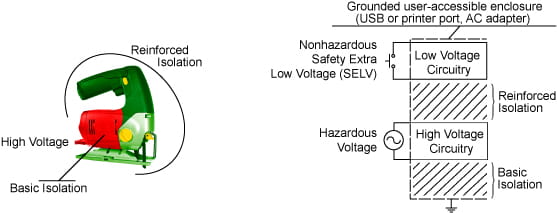
For the ACS712 and ACS713, the key limitation is actually the creepage and clearance distance inherent in the SOIC8 package. To achieve higher isolation voltage ratings, steps must be taken in the applications themselves, such as adding a slit on the circuit board underneath the device to increase the creepage distance, and possibly adding a conformal coating to increase the clearance distance. Because these solutions are a function of the PCB layout and the coating compound used, if a safety isolation standard is to be met, it must be certified at the application level.
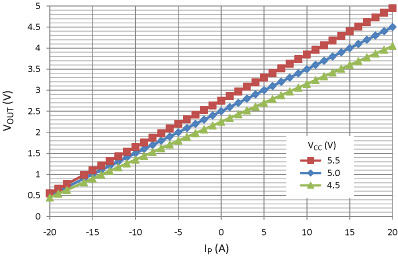
Table 1. ACS712ELC-05B Noise Level and Resolution | ||||
Pk-Pk Noise | Current Resolution | Cf | BW | |
92 | 497 | 0 | 80 | |
46 | 249 | 4.7 | 19.9 | |
26 | 141 | 22 | 4.3 | |
20 | 108 | 47 | 2.0 | |
If higher resolution is required, then please contact the Allegro factory. Allegro continues to innovate and improve upon the industry leading noise performance of our current sensor ICs. We are likely to have a higher resolution product in our portfolio that may meet the needs of your application.
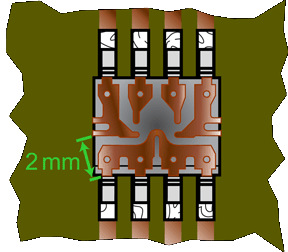
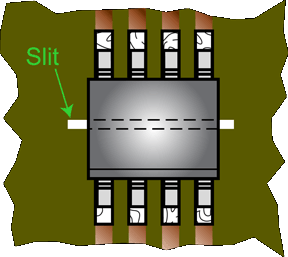
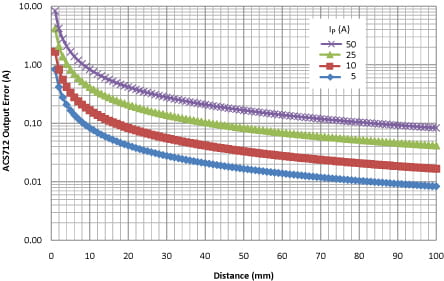

In the case of higher value current pulses with small duty cycles, please see table 2.
|
Table 2. ACS712 Sustainable Pulsed DC Primary Current Rates* |
|||
|
Current Amplitude |
Pulse Duration |
Duty Cycle |
Maximum Quantity |
|
60 |
1000 |
10 |
Unlimited |
|
120 |
20 |
10 |
Unlimited |
|
200 |
10 |
10 |
10 |
|
200 |
10 |
1 |
Unlimited |
|
100 |
10 |
10 |
Unlimited |
|
*The data in this table is valid at TA=25°C only, and was taken using the Allegro ASEK712 demo board. |
|||
Table 3. Typical Leadframe Resistance at Various Ambient Temperatures | |||||||
TA | Leadframe Resistance | Quantity | |||||
Max | Mean | Min | |||||
-40 | 1.25 | 0.8 | 0.46 | 82 | |||
25 | 1.39 | 1.03 | 0.47 | 85 | |||
85 | 1.46 | 1.09 | 0.53 | 79 | |||
150 | 1.61 | 1.28 | 0.91 | 87 | |||